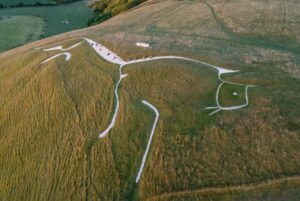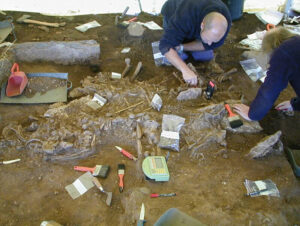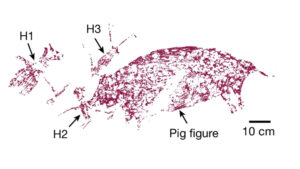Prehistoric people may have created tools from the bones of recently deceased relatives and community members, according to new evidence from the Cueva de los Marmoles cave in Spain.
A skull cup and shinbone scraper
Archeologists excavating skeletons in the cave found a number of unusual items. These include a cup made from the skull of a middle-aged man and the tibia of a teenager transformed into a scraping tool.
The discovery is particularly interesting because the creation of tools from these bones did not happen immediately. Months after the people died, community members returned to the mass grave site and unearthed the bones, to turn them into something else.

The skull cup. Photo: Zita Laffranchi et al., 2023
The research team examined 411 bone fragments and 57 teeth from 12 people. Radiocarbon dating suggests that the cave was a burial site during three distinct time periods: 3900 to 3750 BC, 2600 to 2300 BC, and 1400 to 1200 BC.
The recovered bones show clear signs of intentional post-mortem changes. A third of them have been scraped, polished, cut, broken, or fractured. Many of the bones had their marrow removed. It is not clear if this was to eat, or an attempt to clean the bones.
Researchers found that people had excavated and modified the bones up to a year after death. The bones were not forcefully removed from tendons and muscles, so the remains were already partially decomposed when manipulated.
Yet the bone was still relatively elastic. This suggests that the work took place “at least some months after death,” according to Marco Milella, the author of the study.

Examples of fresh fractures from the Marmoles cave: (a) right humerus; (b) left femur; (c) right humerus. Photo: Zita Laffranchi et al., 2023
Caves as burial sites
Using caves as burial sites “is a universal and transcultural phenomenon,” co-author Rafael Martinez Sanchez, told Business Insider. People viewed caves as passageways to the underworld.
The researchers’ next step is to carry out a DNA analysis of the remains. They want to see how the individuals are related and whether this could provide any further insight into this unusual practice.






